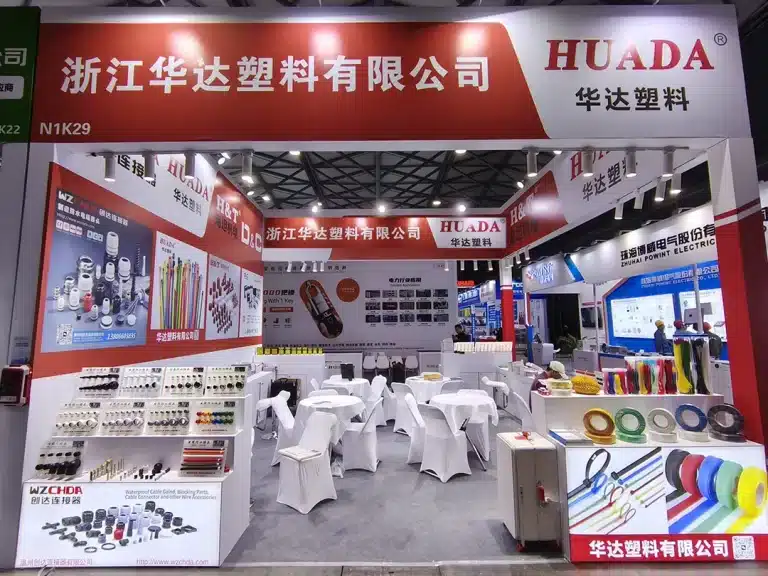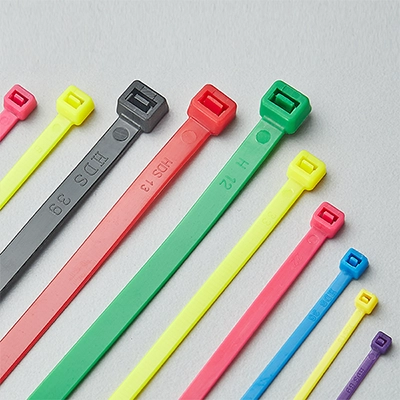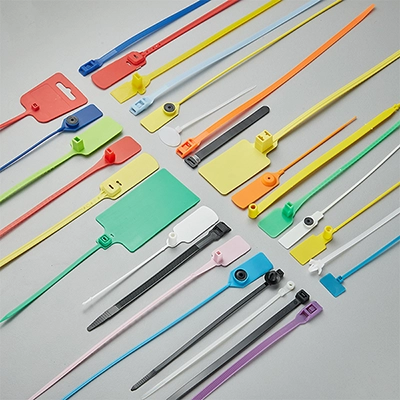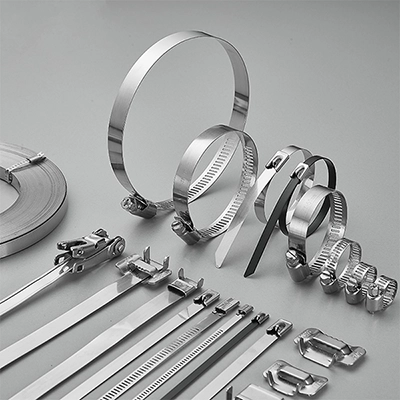Nylon cable ties are widely used in industries like power, telecommunications, automotive, and home appliances. Wherever there are cables or wires, you’ll likely find cable ties too. But did you know they’re also used in the medical field?

At Wenzhou People’s Hospital, a large general hospital in Zhejiang Province, we spotted a surprising example. In the first-floor inpatient lobby, a large piece of smart medical equipment was used to treat benign paroxysmal positional vertigo (BPPV).
Looking closer, we noticed that many cables and control wires were connected at the back of the machine. Instead of being tangled or messy, all the cables were neatly tied and secured to the machine’s frame using nylon cable ties. The wiring was organized and clear.
Most people might not notice this small detail, but cable ties play an important role in keeping the wiring safe and tidy, especially in complex medical machines like this.
1. Common Uses of Cable Ties in Medical Equipment
1. Keeping Cables Neat and Organized
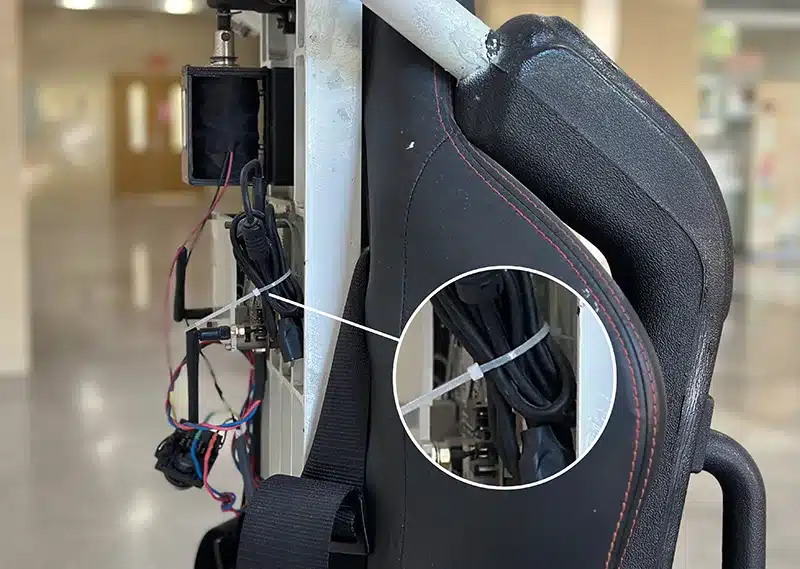
Inside most medical machines, you’ll find many types of wires—power cables, control lines, and signal wires. If they’re messy, it not only looks bad but can also lead to problems. The easiest and safest solution is to tie them up neatly using cable ties. This helps avoid unnecessary risks and makes maintenance easier.
2. Securing Cables to Prevent Movement or Damage
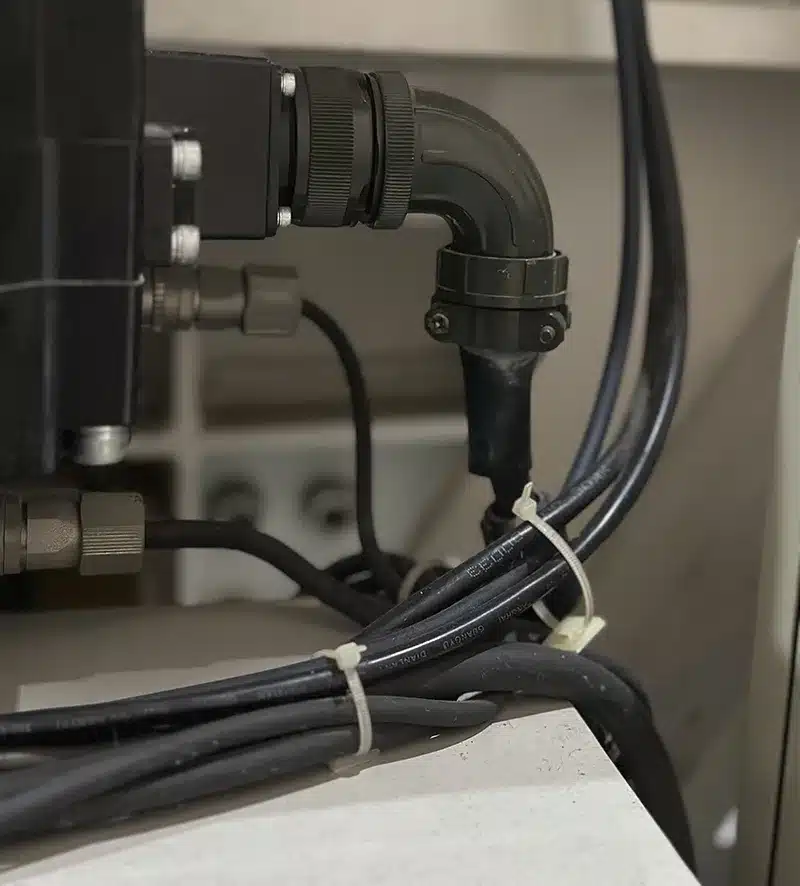
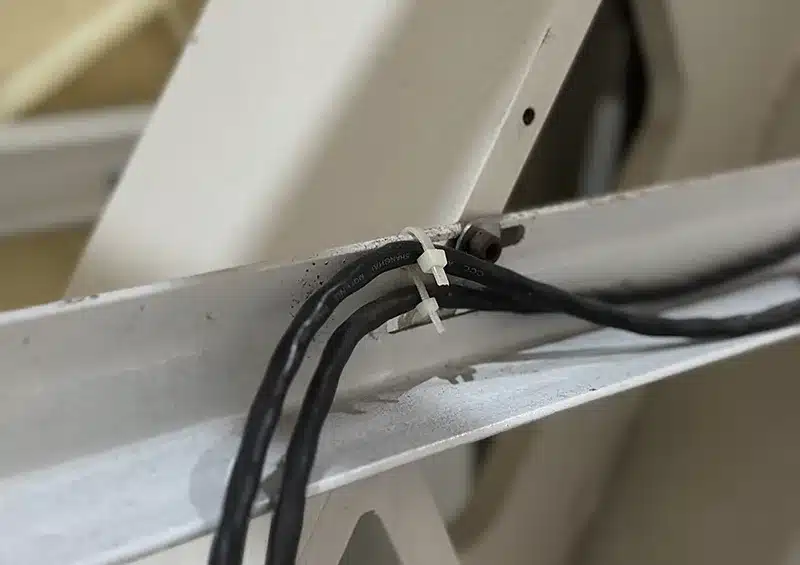

Some cables on the outside of machines can swing, hang down, or get pulled if they’re not properly fixed in place. During use, moving parts like adjustable seats or motors can cause the cables to shake or get stuck. That’s where nylon cable ties come in—they hold the cables firmly to brackets or side panels so they don’t move around.
In the photos, you can see a medical chair with sensors and motors on the back. When the chair moves, the cables move too. But with nylon cable ties, the cables are secured tightly to the frame, helping the machine run smoothly and safely.
2. Why Are Nylon Cable Ties Used in Medical Equipment?
Medical devices require high-quality components, so why do many machines still use something as simple as plastic cable ties? The answer lies in their unique benefits:
| Feature | Why Nylon Cable Ties Are a Good Fit |
| Strong insulation | Non-conductive, safe for electronics |
| Lightweight material | Doesn’t add weight or scratch cables |
| Easy to install | Quick to use and makes repairs easier |
| Low cost but durable | Affordable yet strong and heat-resistant (up to 85°C for standard PA66 ties) |
| High compatibility | Can be used with adhesive bases or screw mounts for different setups |
| Non-toxic material | Made from nylon 6 or nylon 66, safe for use in medical devices |
A Quick Guide to Medical Cable Tie Selection
When selecting nylon cable ties for medical devices, here are a few important things to consider:
- Choose UL-certified nylon 66 for reliable quality.
- Go for flame-retardant ties rated UL94 V-2 or higher to improve safety.
- For parts that move often, use heavy duty cable ties. They have higher tensile strength and are less likely to break.
- Use labeled cable ties or ties with tags to help with future maintenance and wire identification.
Using the right cable ties keeps the wiring clean and organized, improves overall safety, and makes equipment easier to maintain.



